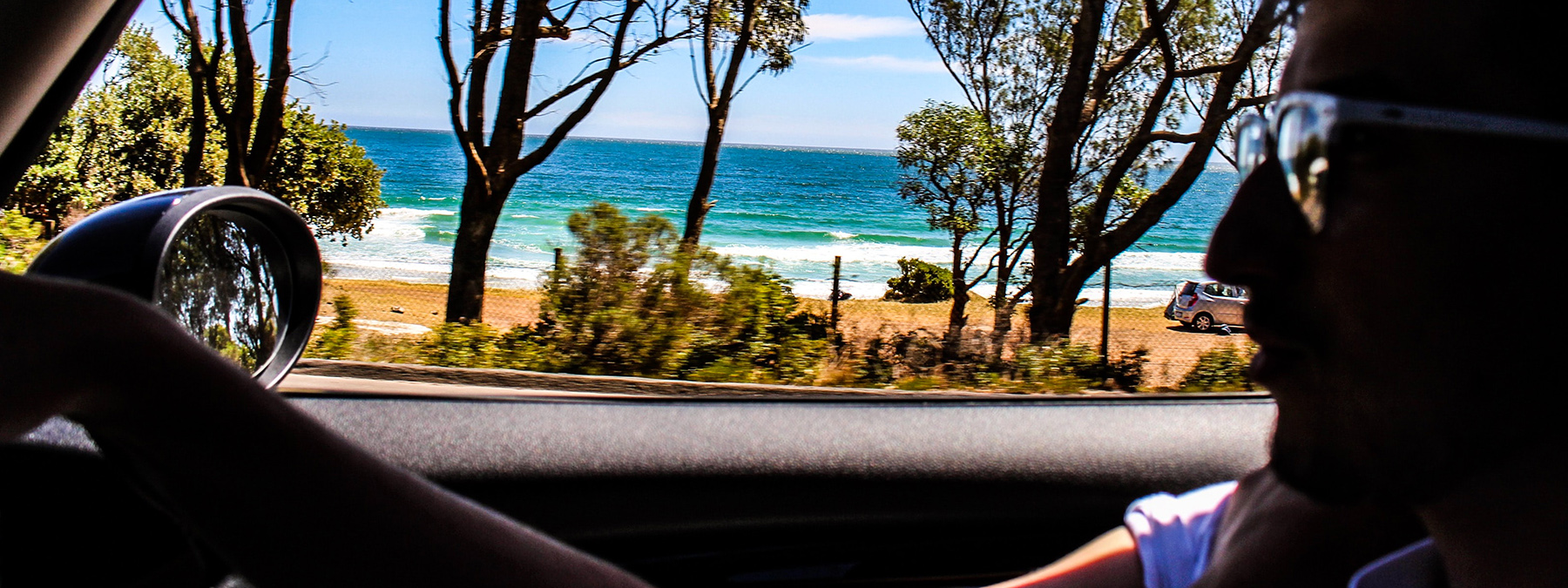Basic driving techniques for a smoother, safer ride
Driving at this time of the year can be a major source of stress, so here are some key tips on how to come through the ‘silly’ season unscathed. Incorporating these driving techniques and tips will make for a much smoother and safer driving experience this summer.
1. Keep to the speed limit
It can be tempting to put the foot down, especially on long straight roads. However, even though driving 10km faster might get you to your destination slightly earlier, it also increases the risks of accidents – not to mention a speeding ticket! As the ads running on TV remind us, the faster you’re travelling in a crash, the worse the impact. So, keep to the speed limit and get to your destination safely.
2. Pay attention
One of the biggest causes of accidents is drivers not paying full attention to what they’re doing. So, put your front passenger in charge of the music and the air con and – it goes with saying – don’t check your phone while you’re behind the wheel. Pay extra attention when turning into heavy traffic, especially on country roads, take care when passing other vehicles and drive in the correct lane. The more alert you are to the road conditions and other drivers, the better you will be able to avoid any dangerous situations.
3. Buckle up
One of the simplest ways to protect you and your family when driving is to make sure you are all wearing a seat belt. Seat belts are proven to lessen the impact of crashes and help keep you safe. If an accident does happen, or you have to brake suddenly, you’ll come out of it in much better shape.
4. Take rest stops
If you are driving long distances, it is recommended to take a break every 90 minutes or so. Fatigue can adversely affect your judgment, and it has been linked to many accidents, so take a stop and grab a coffee or an ice cream. You’ll feel much more refreshed and be able to concentrate better.
5. Drive to the conditions
Slippery conditions due to rain or reduced visibility due to fog or mist can increase your chances of having an accident, so reduce your speed and make sure you pay extra attention to the road. However, even if it’s a clear and sunny day, don’t let your guard down; you never know what’s just around the corner.
6. Check your car over
To make sure you’re prepared for all conditions, it is recommended to check your tyre pressure is correct, your lights are working, your car oil is topped up, your WOF is up to date, and your roadside assistance is in place before setting out on a journey. This will reduce the risk of any problems and help you get to your destination on time and in one piece.
7. Beware of your blind spots
Remember that you have a few blind spots around your vehicle when driving. It is always a good idea to double-check your blind spots when changing lanes, backing out of driveways, etc. Make sure you adjust your mirrors, keep a safe distance from other vehicles and take a second look before passing, to reduce the chances of having an accident.
